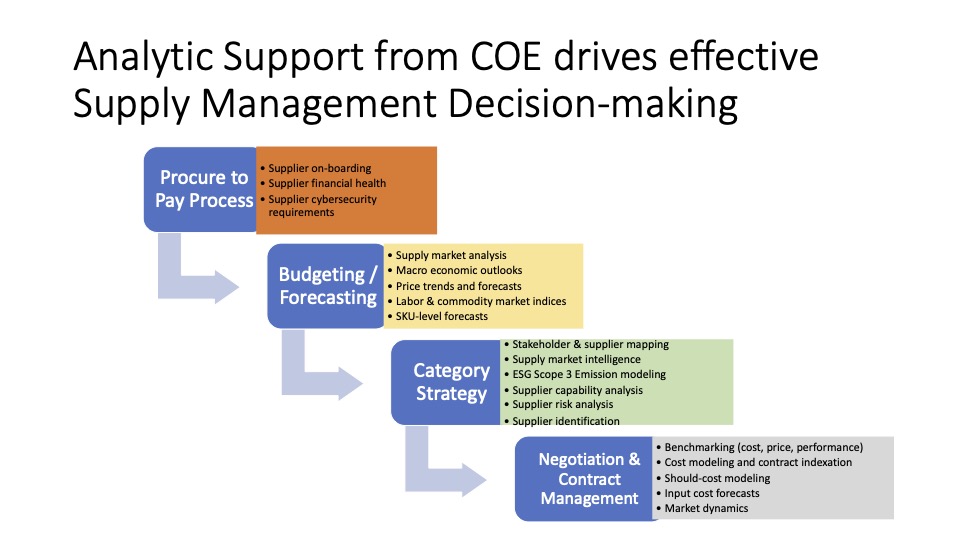What’s Next in the Trade Wars? A Court Decision..
This morning’s NYTimes announced a decision by a court that is throwing another sudden question around the tariff question…”On Wednesday, the Court of International Trade, the primary federal legal body overseeing such matters, found that Mr. Trump’s tariffs “exceed any authority granted” to the president by the emergency powers law. Ruling in separate cases brought by states and businesses, a bipartisan panel of three judges essentially declared many, but not all, of Mr. Trump’s tariffs to have been issued illegally. “
What does this mean for companies now trying to determine how to work through the tariff situation? What this means is that the tariffs have been permanently adjoined – and the court has issued ten days for implementation of guidelines for Customs and Border Control to comply. The big question is: “Will the Administration comply?” Of course not. The Administration has appealed the ruling, and it is going to the Court of Appeals in the Federal Circuit and will likely go to Supreme Court. But there are other legal options they could also take to avoid having to comply and have their tariff leverage in negotiations taken away.
Of course this ruling undermines the Administration’s hand, and people have no idea how it will impact current tariff negotiations. It does take away some leverage, but still leaves most companies in a state of uncertainty, and importers and exporters are also in limbo. There is also a motion to stay on issuing any refunds of existing tariffs collected, and it is likely that refunds are not going to happen.
The Administration will likely use a combination of statutory authorities through other legal vehicles, and create some type of legal cocktail that replicates what they issued before. It will be interesting to see how Japan and others come to the negotiation table in the next day or so. However, the government will likely find other existing authors, and when enjoined, will rely on other statutes to continue their operations. Examples include the Section 301 and 252 tariffs were revived, and have not been touched by the order.
The Court of International Trade was created and entirely focused on the application of anti-dumping and countervailing duties work in the US and if valuations are correct. It was formed about 100 years ago, is a federal court, and appeals to their rulings goes to federal circuit. This could move fairly quickly. The 3 judge panel consist of a Reagan, Bush, and Obama appointee. There will be a stay on the refunds and there hasn’t been a ruling yet this morning. The statute is enjoined, and tariffs remain in place today until this is sorted out.
Experts suspect that companies will get very creative with their process. Two layers to this – a suspicion that an industry may emerge to facilitate tariff avoidance – and companies may get rather creative with their pricing structure – so the invoice amount can be artificially low. There is a whole industry being set up in China to illegally dodge tariffs through different pricing structures. It is unlikely that banks or CBP will be able to stop this from happening.
Another option is the first sale rule. Introduced in 1988, the ‘first sale rule’ gained renewed attention during Trump’s presidency. It provides a legal framework for companies to pay tariffs on the price initially charged by the manufacturer to an intermediary, rather than the final sale price to the U.S. This is particularly beneficial when products are manufactured in countries like China and pass through a third country before reaching the U.S. In addition, some commercial banks are now launching “tariff financing” products/solutions. Is this addressing a genuine gap or a temporary solution? There is a lot of inventory financing going on as well, as companies are stocking up on inventory ahead of the final date.
For now, most businesses are freezing investment, hiring, and throwing their annual planning efforts into the air. No one in DC really understands how uncertainty undermines business planning and decision-making.


